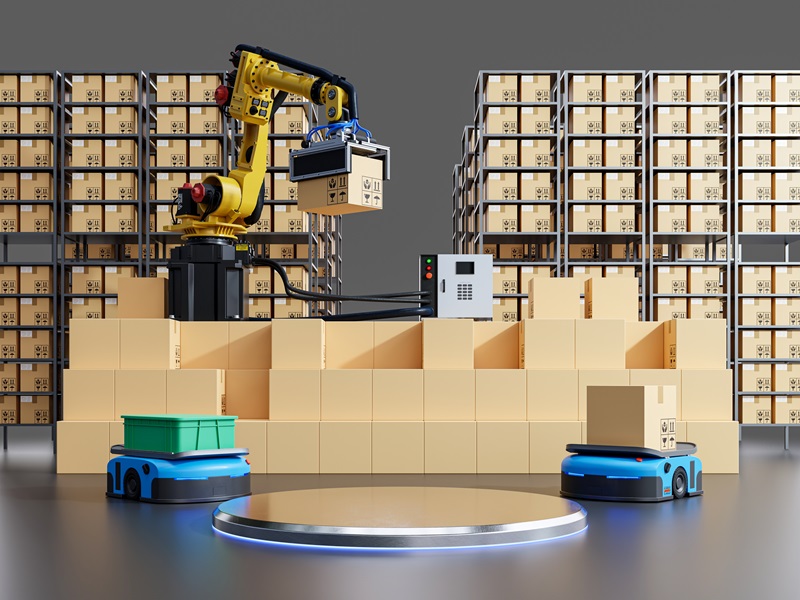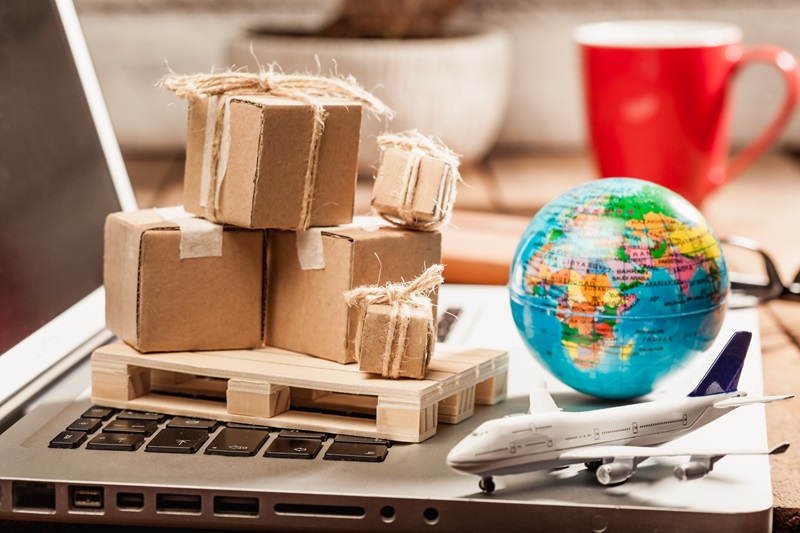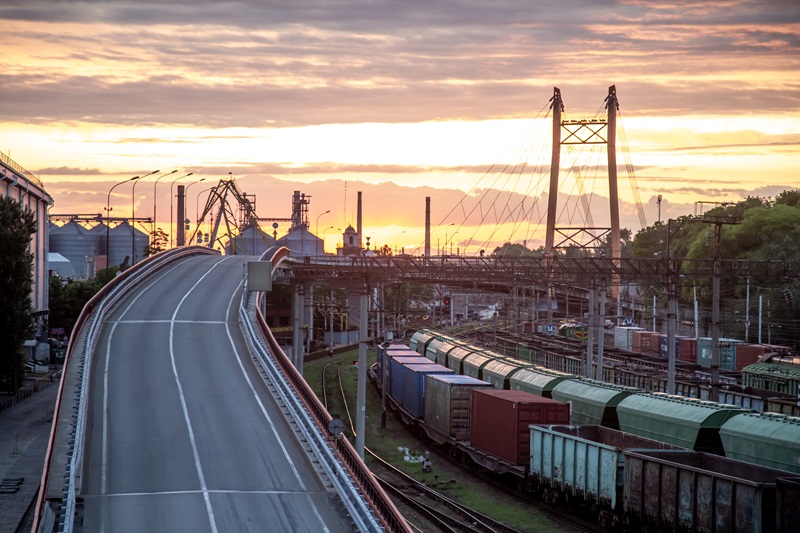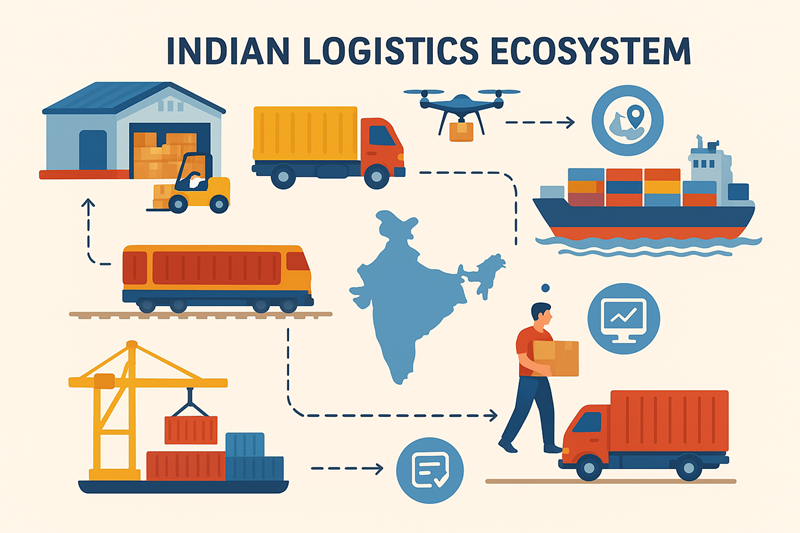
The logistics industry in India is undergoing a massive transformation. With the government’s focus on infrastructure development, the rise of e-commerce, and the adoption of digital technologies, the sector is expected to be worth over ₹31.5 lakh crore (USD 380 billion by 2025).
For movers and logistics companies, this means an exciting mix of opportunities and challenges. Understanding the emerging trends can help businesses stay competitive, attract more customers, and deliver services more efficiently.

Technology is reshaping the way goods are moved across India. Companies are investing in Artificial Intelligence (AI), Machine Learning (ML), and Internet of Things (IoT) to optimize routes, reduce fuel consumption, and track shipments in real time.
For movers, adopting these digital tools is no longer optional — it’s the key to survival in a competitive market.

E-commerce growth in India has led to an increased demand for last-mile delivery services. Customers expect their orders to arrive faster, sometimes within the same day.
Logistics companies are experimenting with micro-warehousing and hub-and-spoke models to speed up delivery. For movers, this trend means catering to both bulk cargo and small parcel deliveries.
Companies that can deliver efficiency in the “last mile” will stand out in 2025.

With rising environmental concerns, sustainability is becoming a priority. In 2025, movers will increasingly shift toward green logistics practices:
Adopting eco-friendly solutions will reduce carbon footprints and appeal to conscious consumers and businesses.

The Indian government is investing heavily in logistics infrastructure through projects like Bharatmala, Sagarmala, Dedicated Freight Corridors, and logistics parks. These initiatives will:
Movers and logistics companies must align themselves with these initiatives to take full advantage of better roads, ports, and rail networks.
In 2025, logistics companies that leverage data effectively will have a clear advantage:
Data-driven decisions will become the backbone of the Indian logistics sector.
While big players dominate the sector, 2025 will also open doors for small and mid-sized movers:
This creates a huge opportunity for movers to differentiate through reliability, affordability, and service quality.

The logistics industry in India is on the cusp of a revolution. From technology adoption and sustainability to government-backed infrastructure growth, 2025 will reshape how movers and businesses operate.
Companies that embrace these trends will thrive and play a pivotal role in making India’s logistics sector more efficient, reliable, and globally competitive.
For movers, the message is clear: adapt, innovate, and grow with the future of logistics in India.